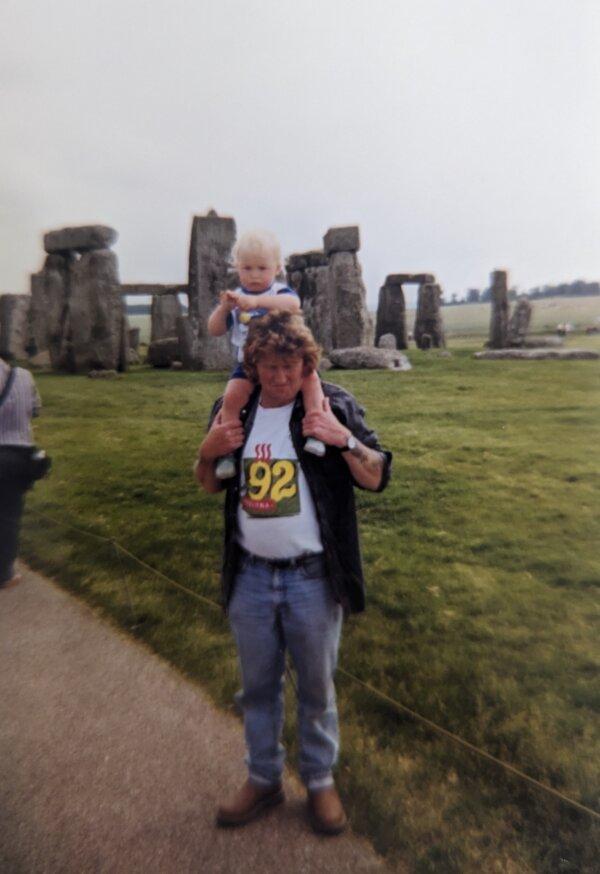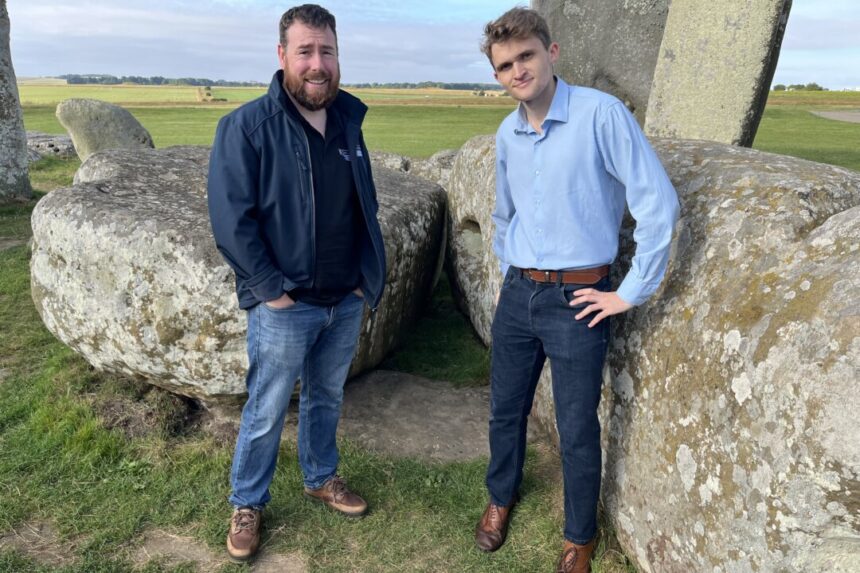Researchers from Western Australia’s Curtin University has suggested that the ancient stone circle of Stonehenge—the massive six-tonne altar stone—thought to have originated in Wales, actually came from Scotland.
Scientists from the Timescales of Mineral Systems Group—part of Curtin’s School of Earth and Planetary Sciences—said analysis of the age and chemical composition of minerals found within fragments of the altar stone matched it with rocks from northeast Scotland, while also clearly differentiating them from Welsh bedrock.
The stone is a 50-centimetre thick sandstone block measuring 5 x 1 metres that sits at the centre of Stonehenge’s iconic stone circle in Wiltshire, where it’s believed to have arrived around 5,000 years ago.
Lead author, Ph.D. student Anthony Clarke, explained that their analysis found specific mineral grains in the altar stone that are primarily between 1,000 million and 2,000 million years old. In comparison, other minerals are around 450 million years old.
“This provides a distinct chemical fingerprint suggesting the stone came from rocks in the Orcadian Basin, Scotland, at least 750 kilometres away from Stonehenge,” he said.
“Given its Scottish origins, the findings raise fascinating questions, considering the technological constraints of the Neolithic era, as to how such a massive stone was transported.”
Perhaps Shipped Down the Coast
Study co-author Professor Chris Kirkland said, “Transporting such massive cargo overland from Scotland to southern England would have been extremely challenging, indicating a likely marine shipping route along the coast of Britain. This implies long-distance trade networks and a higher level of societal organisation than is widely understood to have existed during the Neolithic period in Britain.”
This has significant implications for historians’ and scientists’ understanding of ancient communities, their connections, and their transportation methods.
For Clarke, the discovery also holds personal significance.
“I grew up in the Mynydd Preseli, Wales, where some of Stonehenge’s stones came from,” he explained. “I first visited Stonehenge when I was one year old and now, at 25, I returned from Australia to help make this scientific discovery—you could say I’ve come full circle at the stone circle.”

Curtin Vice-Chancellor Professor Harlene Hayne said much of Clarke and Kirkland’s research and analysis was undertaken at the University’s John de Laeter Centre.
The centre offers specialist mass spectrometers that examine the composition of materials such as rock-forming minerals, archaeological artefacts, meteorites, ceramics, and even biological substances such as teeth, bones, and shells.
“Ongoing investment is required to maintain cutting-edge facilities like this, which are crucial for attracting the world’s best minds,” Hayne said.
“In this case, we are delighted that our outstanding research reputation and facilities led Ph.D. student Anthony Clarke to travel 15,000 kilometres from his home in Wales to study at Curtin and make this significant finding.”
The research was funded by an Australian Research Council Discovery Project and undertaken in collaboration with Aberystwyth University, the University of Adelaide, and the University College London.




